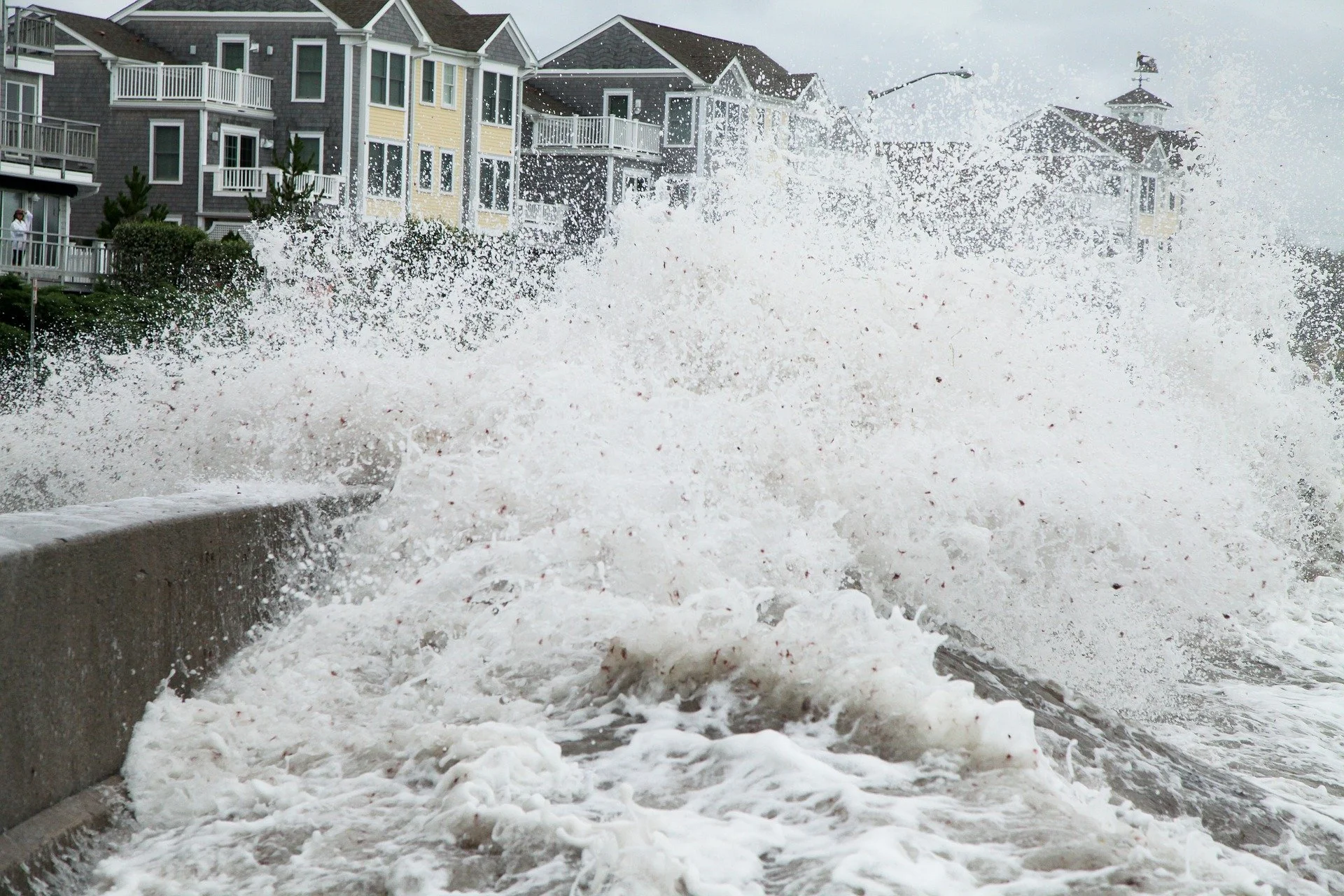Rough weather gets rid of unwanted marine species
Te Whanganui-a-Tara - Rough wet weather may have dampened Wellingtonians' spirits at the beginning of summer, but it also killed unwanted species in the harbour.
NIWA marine scientists have been on the hunt for high-risk invasive species as part of their latest biosecurity survey, designed to detect marine animals and plants that come in from overseas.
Also known as non-indigenous marine species (NIS), these organisms can have detrimental impacts to Aotearoa New Zealand’s environment and economy.
No signs of any new NIS were found this time. And for already established populations, it seems that the recent heavy rains in the capital reduced salinity in the harbour, causing significant mortalities in some NIS at shallow-water locations, such as the solitary sea squirt and the light bulb sea squirt.
Chris Woods, a marine ecologist at NIWA, says the survey threw up some fascinating observations.
“We were most interested to observe the devastating effects of reduced salinities. It seemed to kill off NIS at locations where these invasive organisms can predominate over native organisms, which is good news for our native species.
“The surveys are a vital part of the government’s biosecurity response. If we have anything that we suspect is new to New Zealand, or have shifted significantly in their known geographic range, we take samples and send them to be identified by taxonomic experts, with the results going to Biosecurity New Zealand, who determine what response may be required.”
MPI and regional councils are interested in looking at invasive marine species because they can have traumatic impacts on native flora and fauna, as well as on economic activities by affecting things such as vessel maintenance.
The team use divers, various traps and sampling gear to search under the water and collect anything that appears suspicious.
They use a variety of methods designed to sample a range of soft and hard habitat types, such as mud bottoms, rocky shores, and artificial structures including marina pontoons, pilings, moorings, jetties, and commercial vessel berths.
The survey is done bi-annually in the winter and summer. It is part of Biosecurity NZ’s wider marine biosecurity system and covers 12 major ports and marinas, including Wellington, Ōpua Marina and Waikare Inlet (Te Moana o Pikopiko-i-Whiti) in the Bay of Islands and Bluff Harbour (Awarua) in Southland.















Lisa was born in Auckland at the start of the 1970s, living in a small campsite community on the North Shore called Browns Bay. She spent a significant part of her life with her grandparents, often hanging out at the beaches. Lisa has many happy memories from those days at Browns Bay beach, where fish were plentiful on the point and the ocean was rich in seaweed. She played in the water for hours, going home totally “sun-kissed.” “An adorable time to grow up,” Lisa tells me.
Lisa enjoyed many sports; she was a keen tennis player and netballer, playing in the top teams for her age right up until the family moved to Wellington. Lisa was fifteen years old, which unfortunately marked the end of her sporting career. Local teams were well established in Wellington, and her attention was drawn elsewhere.